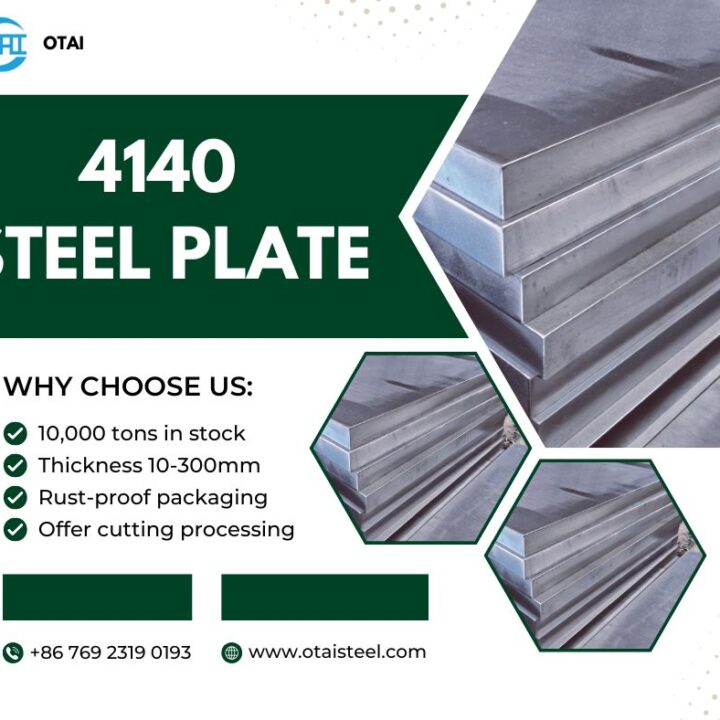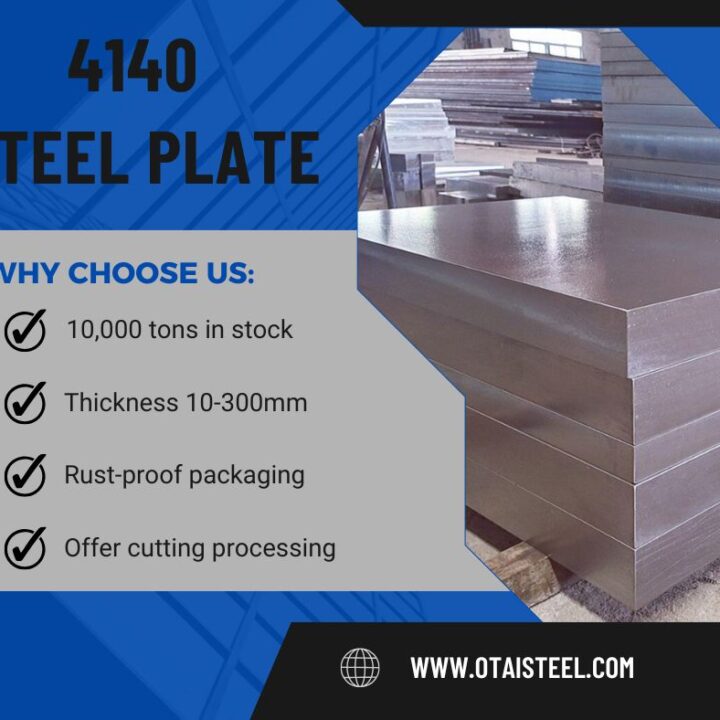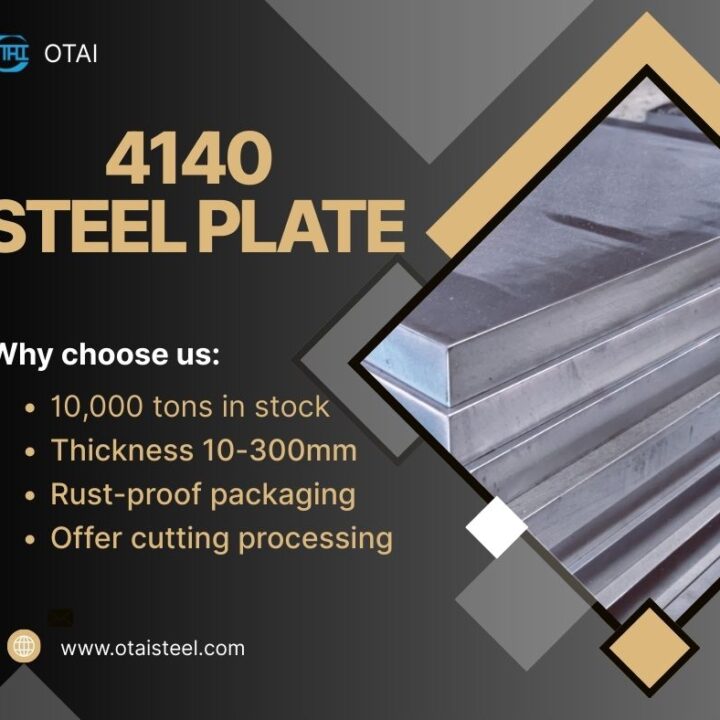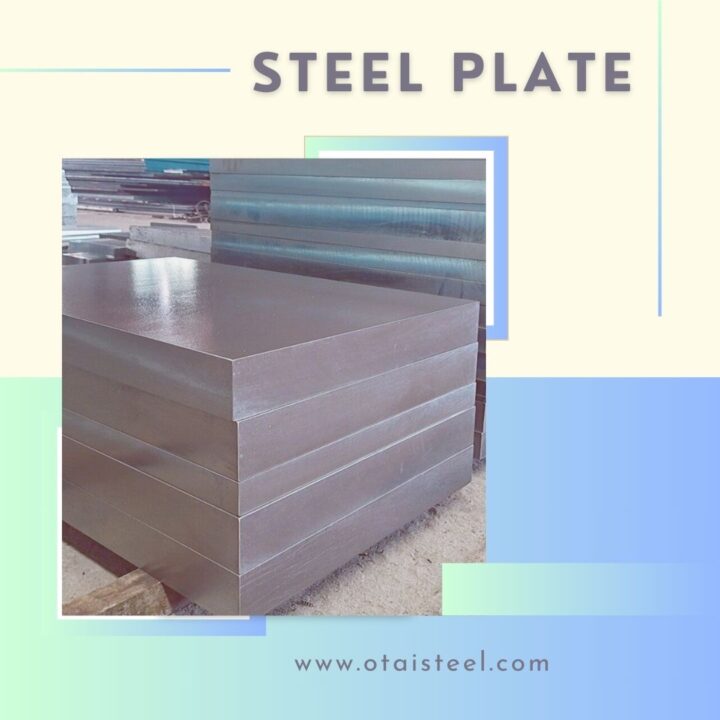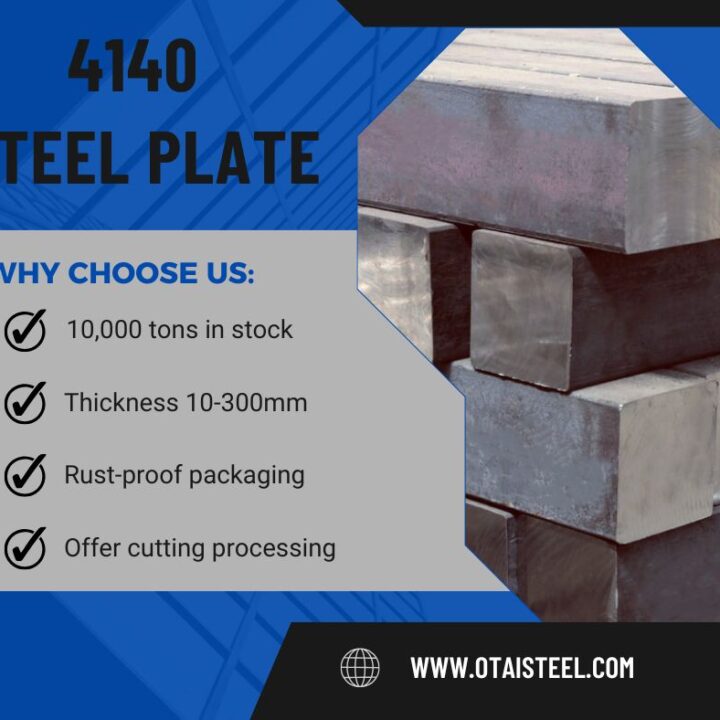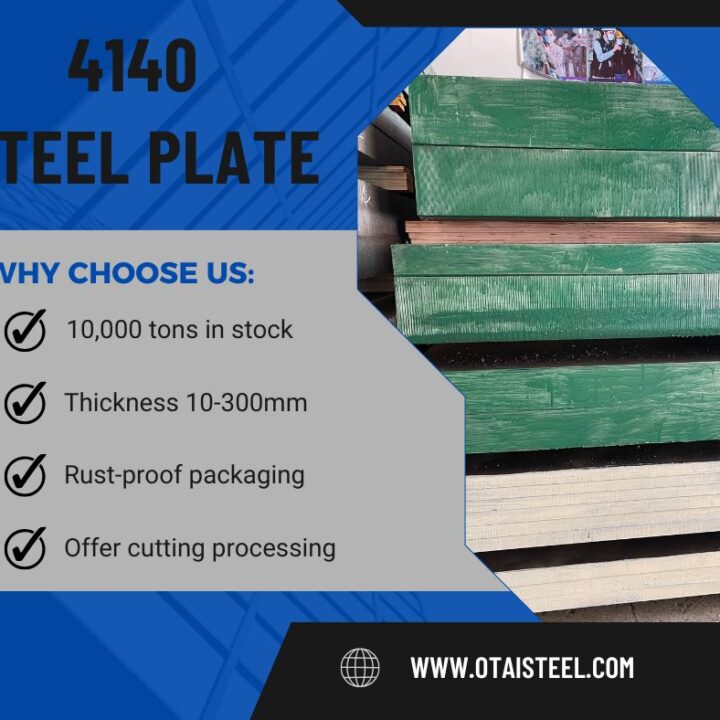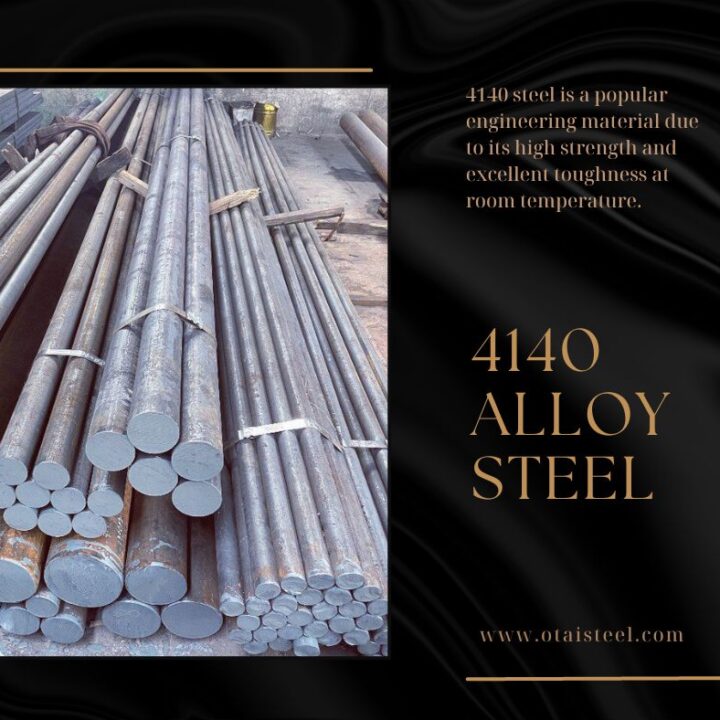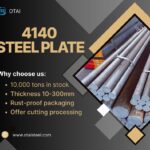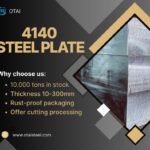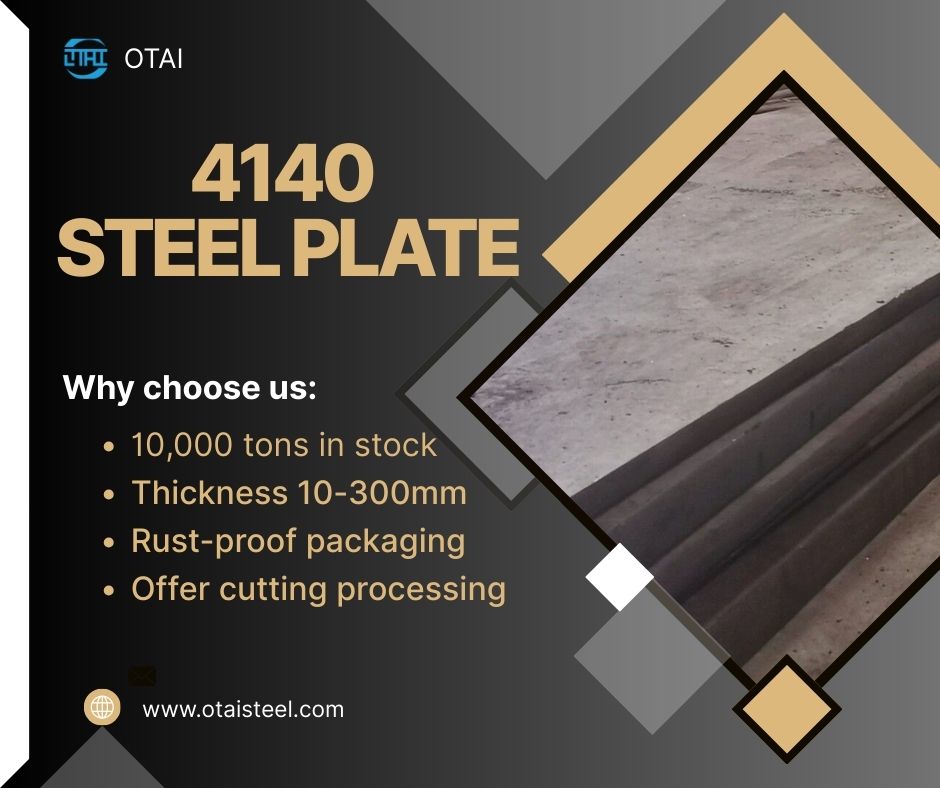 4140 Steel Heat Treatment Properties
4140 Steel Heat Treatment Properties
When it comes to high-strength, high-performance steels, few names pop up as frequently as 4140 steel. But not all 4140 steel is created equal—its behavior and strength drastically change based on heat treatment. If you’re dealing with gears, axles, dies, or structural parts, understanding the 4140 steel heat treated properties is a game-changer. 🧠 Let’s dive deep into how heat treatment transforms this steel and what it means for your application.
🔥 What Is 4140 Steel?
4140 is a chromium-molybdenum (Cr-Mo) alloy steel with excellent strength, toughness, and wear resistance. It’s a popular material used in industries like oil & gas, automotive, aerospace, and manufacturing.
The raw, as-rolled 4140 may not meet the mechanical requirements of your parts. But once it goes through proper heat treatment like quenching and tempering, it becomes a different beast—tough, wear-resistant, and ready to take a beating.
🛠️ Common Heat Treatments for 4140 Steel
Before jumping into the data, let’s clarify some typical heat treatment methods for 4140 steel:
-
Annealing: Softens the steel for machining and relieves internal stress.
-
Normalizing: Refines the grain structure and improves toughness.
-
Quenching and Tempering (Q&T): Boosts hardness and tensile strength.
-
Stress Relieving: Removes residual stresses after machining.
-
Nitriding: Increases surface hardness and fatigue life.
Each method yields different results in terms of strength, ductility, and wear resistance. Let’s look at the numbers.
📊 Mechanical Properties of Heat Treated 4140 Steel
| Heat Treatment Method | Tensile Strength (MPa) | Yield Strength (MPa) | Hardness (HRC) | Elongation (%) | Impact Toughness (J) |
|---|---|---|---|---|---|
| Annealed | 655 – 825 | 415 – 550 | 20 – 25 | 20 – 25 | 60 – 80 |
| Normalized | 850 – 1000 | 655 – 850 | 25 – 28 | 17 – 22 | 50 – 70 |
| Q&T @ ~315°C (600°F) | 1080 – 1250 | 900 – 1100 | 38 – 42 | 12 – 16 | 35 – 50 |
| Q&T @ ~540°C (1000°F) | 930 – 1080 | 750 – 900 | 28 – 32 | 14 – 18 | 40 – 55 |
| Nitrided (surface only) | — | — | 60+ (surface) | — | — |
These numbers may vary slightly depending on the supplier and exact conditions, but they give a reliable range of what you can expect from 4140 steel heat treated properties.
🧱 Why Heat Treatment Makes 4140 Steel So Versatile
Proper heat treatment tailors the steel to the task. Need a high-hardness shaft? Go with oil quenched and tempered 4140 steel. Need fatigue resistance for a piston rod? Nitrided 4140 steel does the job. This versatility is a huge reason why the material is so widely used.
Here are some common applications of heat treated 4140 steel:
-
Q&T 4140: Gears, axles, spindles, crankshafts
-
Normalized 4140: Structural parts, sleeves, connectors
-
Annealed 4140: Machinable blanks, pre-hardening forms
-
Nitrided 4140: Mold cavities, firearm components, powertrain parts
🧰 Technical Considerations for Heat Treating 4140
When planning to heat treat 4140, consider these critical factors:
-
Preheat Requirements: 4140 is prone to cracking during hardening. Always preheat to 400–600°C before austenitizing.
-
Austenitizing Temperature: Typically between 830–870°C.
-
Quenching Medium: Oil quenching is preferred to avoid cracking (water is too aggressive).
-
Tempering Temperature: Varies depending on final property goals. Higher tempering leads to more toughness; lower tempering retains hardness.
-
Surface Hardening: For better wear life, surface treatments like nitriding 4140 steel or induction hardening are effective.
🚀 Performance Benefits After Heat Treatment
Let’s take a closer look at the key advantages of heat treated 4140 alloy steel:
-
Higher Tensile and Yield Strength for demanding load-bearing applications.
-
Improved Hardness for superior wear resistance.
-
Enhanced Ductility and Impact Resistance when tempered appropriately.
-
Greater Fatigue Life, especially with surface hardening treatments.
-
Machinability: Annealed or normalized forms are easier to machine, then heat-treated after final shaping.
📦 Company Advantages: Why Choose Otai Special Steel?
At Otai Special Steel, we understand that choosing the right 4140 steel variant isn’t just about grade—it’s about processing, consistency, and technical support. Here’s why clients worldwide trust us:
- ✅ Over 10,000 tons of stock including 4140 Q&T plates, bars, and pre-machined blanks
- ✅ Custom cutting, heat treatment, and ultrasonic testing (UT) services
- ✅ Third-party inspection support from SGS, BV, TUV
- ✅ Expert support on heat treatment, welding, and machining recommendations
- ✅ Fast delivery, global logistics experience
Whether you need Q&T 4140 steel round bar or custom heat treated plates, we’ve got you covered.
📧 Contact us: jack@otaisteel.com
📱 WhatsApp: +8676923190193
❓FAQ: 4140 Steel Heat Treated Properties
Q1: What is the hardness range of Q&T 4140 steel?
A: Depending on tempering temperature, it ranges from 28 HRC to 42 HRC.
Q2: Can 4140 steel be surface hardened after Q&T?
A: Yes. Methods like nitriding or induction hardening can be applied after Q&T for better wear resistance.
Q3: Is heat treated 4140 machinable?
A: It is machinable but more difficult than annealed 4140. Use carbide tools and coolant for best results.
Q4: Which heat treatment offers the best balance between strength and ductility?
A: Q&T at around 540°C offers a good mix—around 30 HRC, strong yet not brittle.
Q5: How does heat treatment affect the fatigue life of 4140 steel?
A: Significantly. Nitriding and proper tempering enhance fatigue resistance, especially under cyclic loads.
